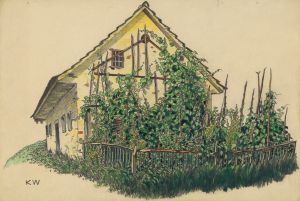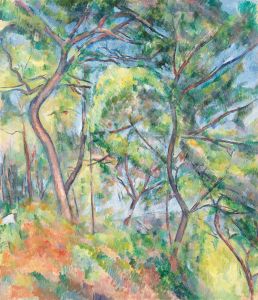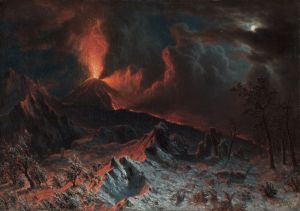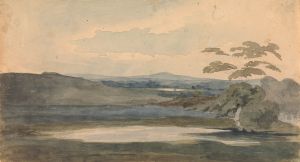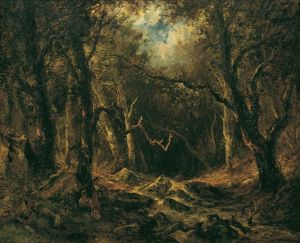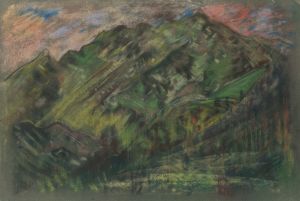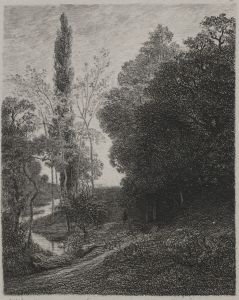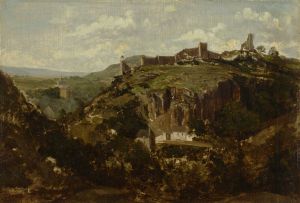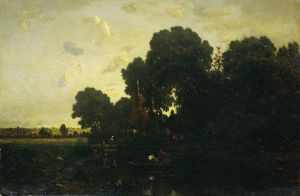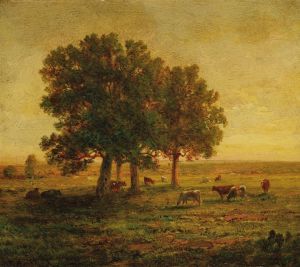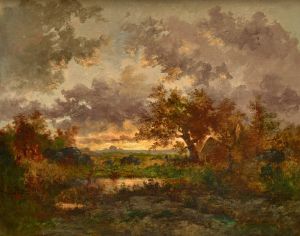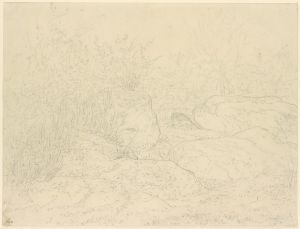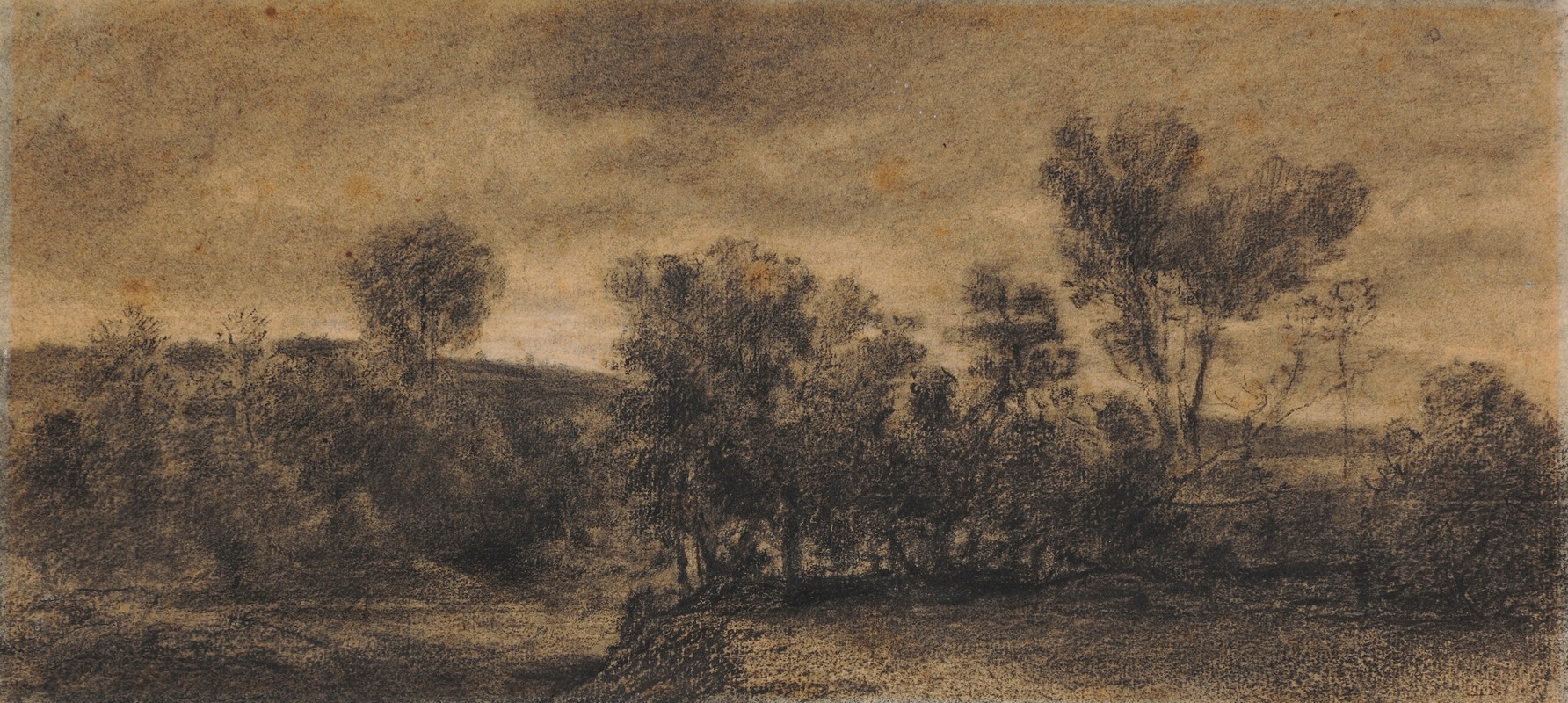
Paysage boisé
A hand-painted replica of Théodore Rousseau’s masterpiece Paysage boisé, meticulously crafted by professional artists to capture the true essence of the original. Each piece is created with museum-quality canvas and rare mineral pigments, carefully painted by experienced artists with delicate brushstrokes and rich, layered colors to perfectly recreate the texture of the original artwork. Unlike machine-printed reproductions, this hand-painted version brings the painting to life, infused with the artist’s emotions and skill in every stroke. Whether for personal collection or home decoration, it instantly elevates the artistic atmosphere of any space.
Théodore Rousseau, a prominent figure in the Barbizon School, is renowned for his landscape paintings that capture the serene beauty of nature. One of his notable works, "Paysage boisé" (Wooded Landscape), exemplifies his dedication to depicting the natural world with authenticity and emotion. Although specific details about this particular painting are limited, Rousseau's general style and contributions to art provide a context for understanding its significance.
Théodore Rousseau was born on April 15, 1812, in Paris, France. He showed an early interest in art and began his formal training in the 1820s. Rousseau was deeply influenced by the Romantic movement and the works of earlier landscape painters such as John Constable and Jacob van Ruisdael. His approach to painting was characterized by a meticulous observation of nature, which he often depicted with a sense of realism and atmospheric depth.
The Barbizon School, named after the village of Barbizon near the Forest of Fontainebleau, was a group of painters who sought to break away from the formalism of the academic tradition. Rousseau was a leading figure in this movement, advocating for plein air painting, which involved working outdoors to capture the natural light and atmosphere of a scene. This approach allowed artists to portray landscapes with greater immediacy and authenticity.
"Paysage boisé" likely reflects Rousseau's commitment to these principles. His landscapes often feature dense forests, expansive skies, and a harmonious interplay of light and shadow. Rousseau's technique involved building up layers of paint to achieve a rich texture and depth, which can be seen in the intricate details of foliage and the subtle gradations of color in his works.
Rousseau's dedication to landscape painting was not without challenges. Throughout his career, he faced resistance from the traditional art establishment, which favored historical and mythological subjects over landscapes. Despite these obstacles, Rousseau remained steadfast in his vision, and his persistence eventually earned him recognition and acclaim. By the mid-19th century, his works were exhibited at the prestigious Salon in Paris, and he gained a reputation as one of the leading landscape painters of his time.
The influence of Rousseau and the Barbizon School extended beyond France, impacting the development of landscape painting in Europe and America. Their emphasis on naturalism and the emotional resonance of nature paved the way for later movements such as Impressionism.
While specific information about "Paysage boisé" is limited, it can be appreciated as part of Rousseau's broader oeuvre, which celebrates the beauty and tranquility of the natural world. His work continues to be admired for its technical skill, emotional depth, and its role in shaping the course of modern landscape painting. Rousseau's legacy endures, inspiring artists to explore the relationship between humanity and the natural environment.





